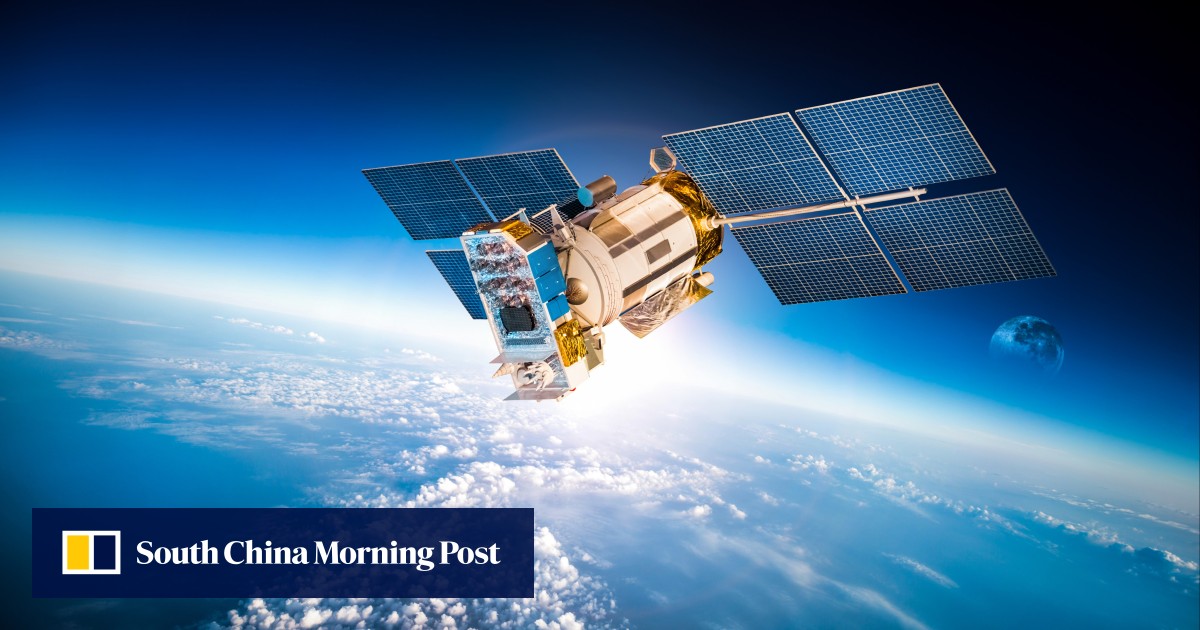skywatcher
New Member
- Joined
- Apr 25, 2020
- Messages
- 4,446
- Likes
- 1,344
CASC is now building a YF-100 kerolox engine every 3 days. Its aim is to build one YF-100 kerolox engine every day.CASC YF-100 rocket engine factory
View attachment 192894
CASC is now building a YF-100 kerolox engine every 3 days. Its aim is to build one YF-100 kerolox engine every day.CASC YF-100 rocket engine factory
View attachment 192894
CASC is now building a YF-100 kerolox engine every 3 days. Its aim is to build one YF-100 kerolox engine every day.
View attachment 192973
View attachment 192974
View attachment 192975
Second semi-system hot fire test of YF-90 on Feb 2 2023
View attachment 192310
YF-90 is a 220 ton thrust staged combustion cycle cryogenic engine developed for the second stage of Long March 9.
View attachment 192313
Newly released images of lunar surface taken by Yutu-2 rover

Almost forgot, a Chinese Venus mission is under studyAll the mission patches of Chinese robotic space exploration
(Chang'e & Tianwen programs)
Green: Completed Blue: In development
Chang'e 1 Lunar orbiter 2007
Chang'e 2 Lunar orbiter & asteroid flyby 2010
Chang'e 3 Lunar lander & rover 2013
Chang'e 5T1 Lunar flyby & Earth reentry 2014
Chang'e 4 Lunar lander & rover 2018
Chang'e 5 Lunar sample return 2020
Chang'e 6 Lunar sample return 2025
Chang'e 7 Lunar lander & rover & hopping 2026
Chang'e 8 Lunar orbiter & lander & rover & hopping 2028
Tianwen-1 Mars orbiter & lander & rover 2020
Tianwen-2 Asteroid sample return & comet orbiter & lander 2025
Tianwen-3 Mars sample return 2028
Tianwen-4 Jupiter and Callisto orbiter & Uranus flyby 2029
View attachment 195639

Why so away so long? Work related?im going to be away from keyboard for a while. so im not going to update for at least 1 year. i will be back.
hope someone could carry on my spirit beaconWhy so away so long? Work related?
Translation needed pls.Evolution of Long March 9
View attachment 198309
| Thread starter | Similar threads | Forum | Replies | Date |
|---|---|---|---|---|
|
|
Maldives : News, Updates & Discussions. | Subcontinent & Central Asia | 2 | |
|
|
Latin America : News , Updates & Discussions. | Americas | 7 | |
|
|
European Union(EU) Politics - News, views and Updates | Europe and Russia | 7 | |
|
|
EU : News , Discussions & Updates. | Europe and Russia | 0 |
